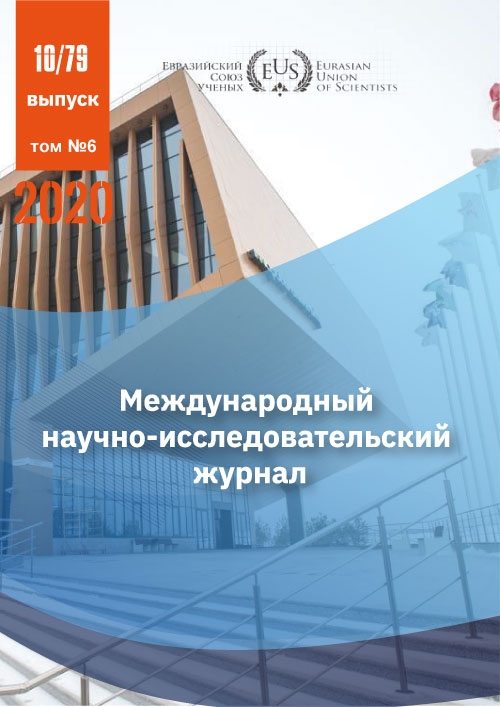SAFETY OF CHILDREN ON THE INTERNET
Abstract
The article is devoted in General to the coverage of the topic "Safety of children in the network" and the solution of the resulting problems, respectively, and a global overview of the situation in the world regarding the above topic. The author reveals the essence of the topic, why it is important, describes the related problems to this topic, what it can lead to. It also points out clear gaps and shows problems regarding the safety of children in the global Internet, provides a classification of Internet threats and offers solutions to them. To write the article, the author relied on the opinion of foreign experts, in particular, the situation in the United States of America, in Europe and the Russian Federation was studied. Other works were taken into account in the face of the authoritative British publication "The Guardian" and the Federal Bureau of Investigation (FBI), links to which are indicated in the corresponding paragraph. This work is carried out within the framework of a large dissertation on the topic "Monitoring and monitoring of children in the network and the development of the Child Time application". The theoretical significance of this research is also revealed. Based on the analysis of statistics obtained by surveys of the voluntary society, the effectiveness of its practical activities, as well as the nature of its use in everyday life, the degree of value of this research is determined.
References
2. The Guardian. Статья «How do I keep my children safe online? What the security experts tell their kids». From https://www.theguardian.com/technology/2014/aug/11/ how-to-keep-kids-safe-online-children-advice.
3. Kaspersky – https://www.kaspersky.ru
4. A B Zhanys, A F Tursinbaeva Internet technology in electronic commerce. International Conference Information Technologies in Business and Industry 2018 IOP Publishing IOP Conf. Series: Journal of Physics: Conf. Series 1015 (2018) 032154 doi :10.1088/1742-6596/1015/3/032154
CC BY-ND
A work licensed in this way allows the following:
1. The freedom to use and perform the work: The licensee must be allowed to make any use, private or public, of the work.
2. The freedom to study the work and apply the information: The licensee must be allowed to examine the work and to use the knowledge gained from the work in any way. The license may not, for example, restrict "reverse engineering."
2. The freedom to redistribute copies: Copies may be sold, swapped or given away for free, in the same form as the original.







